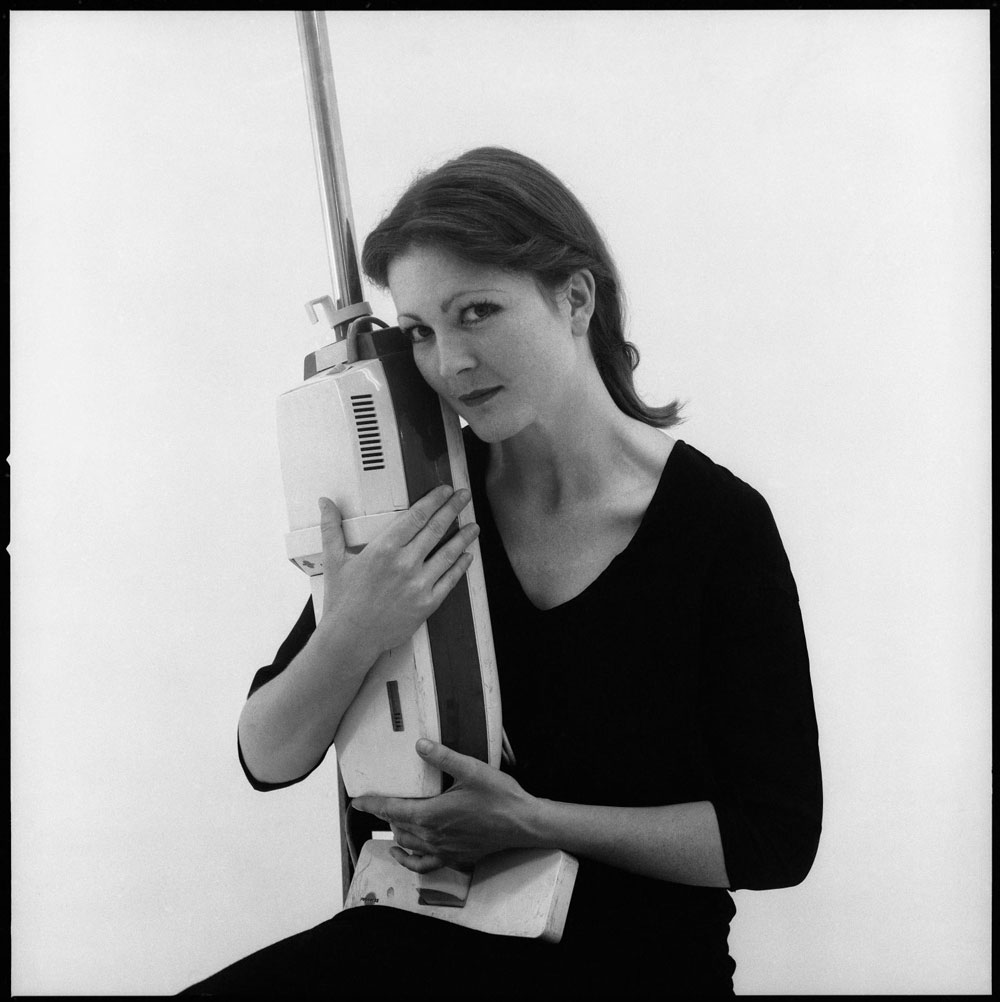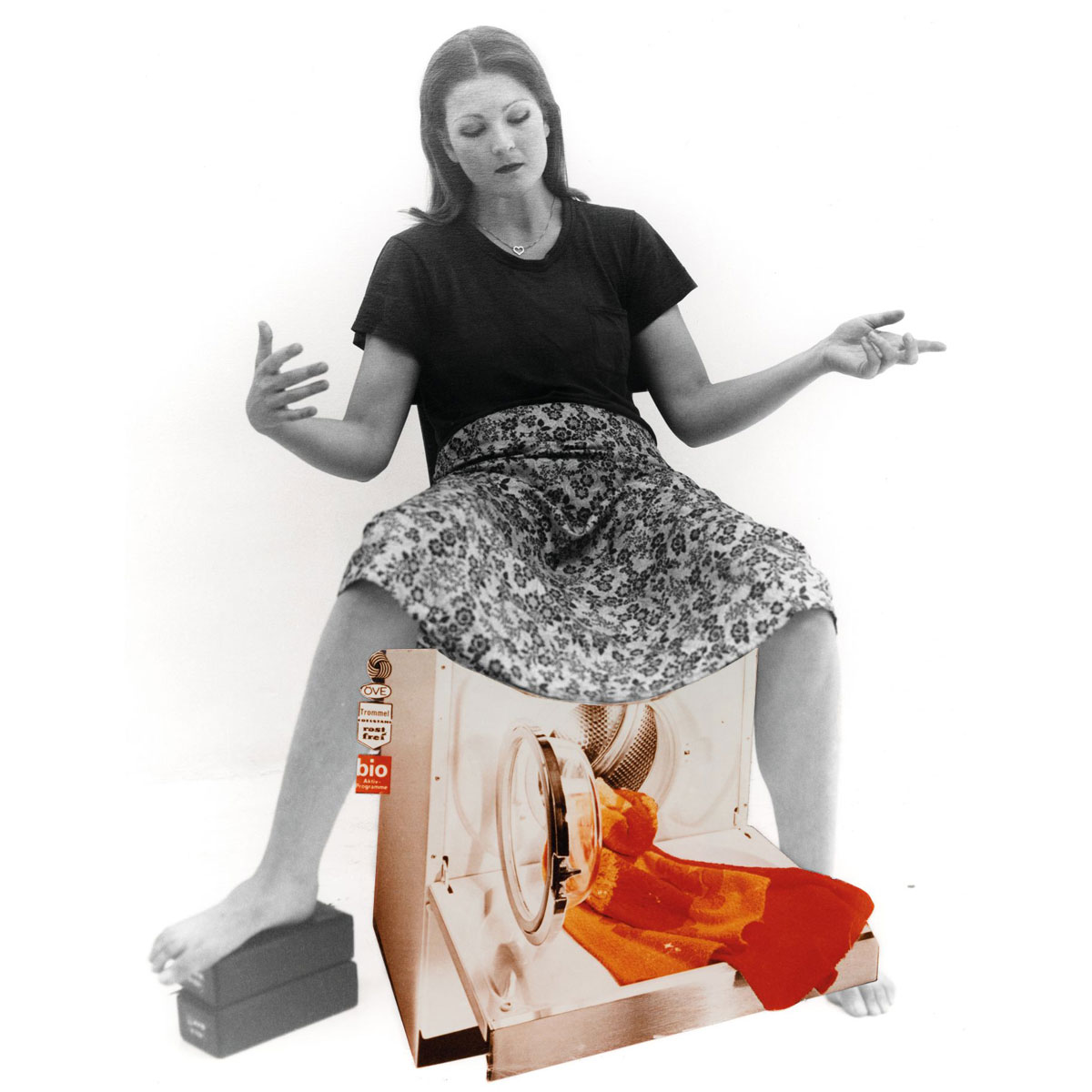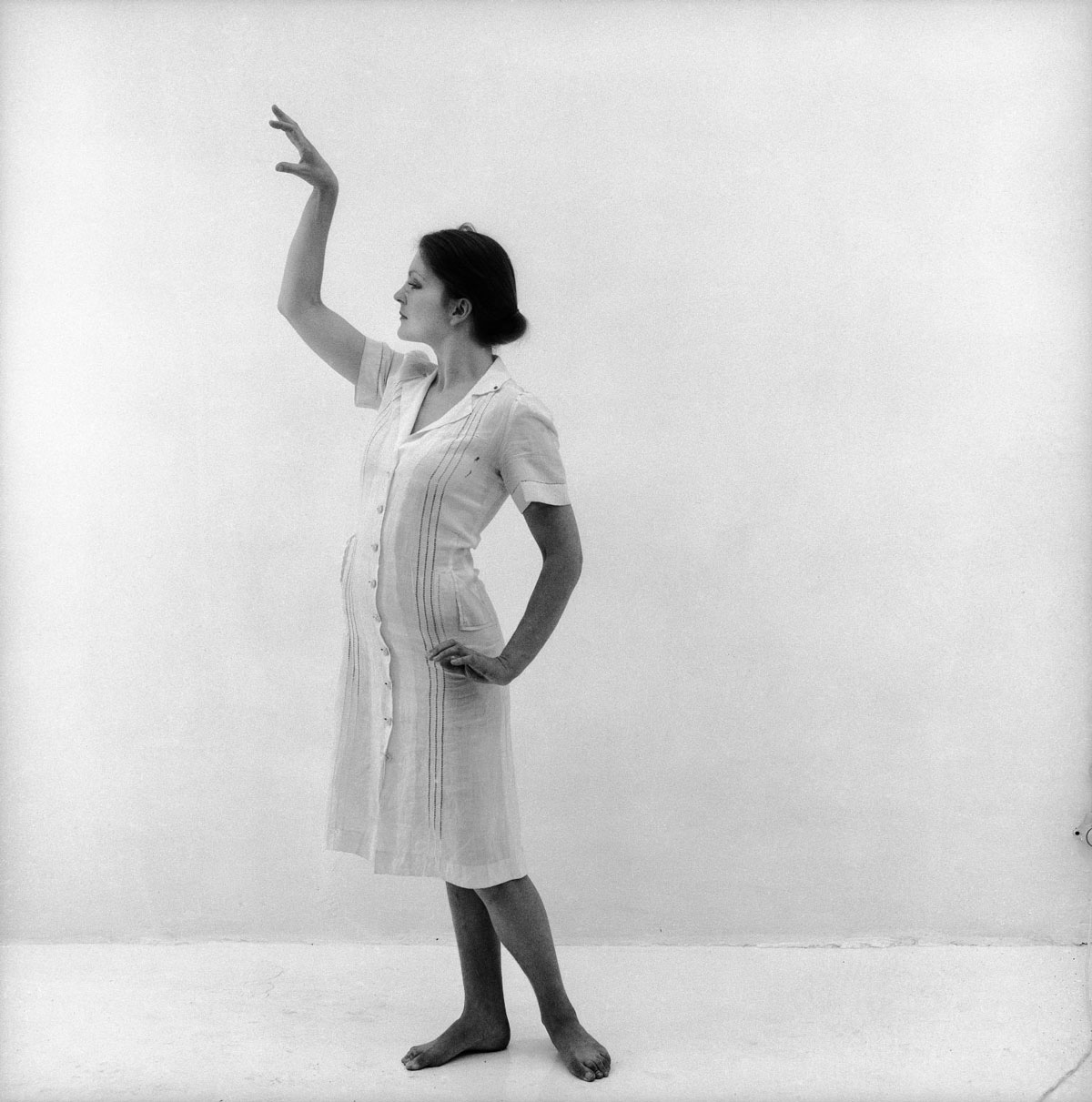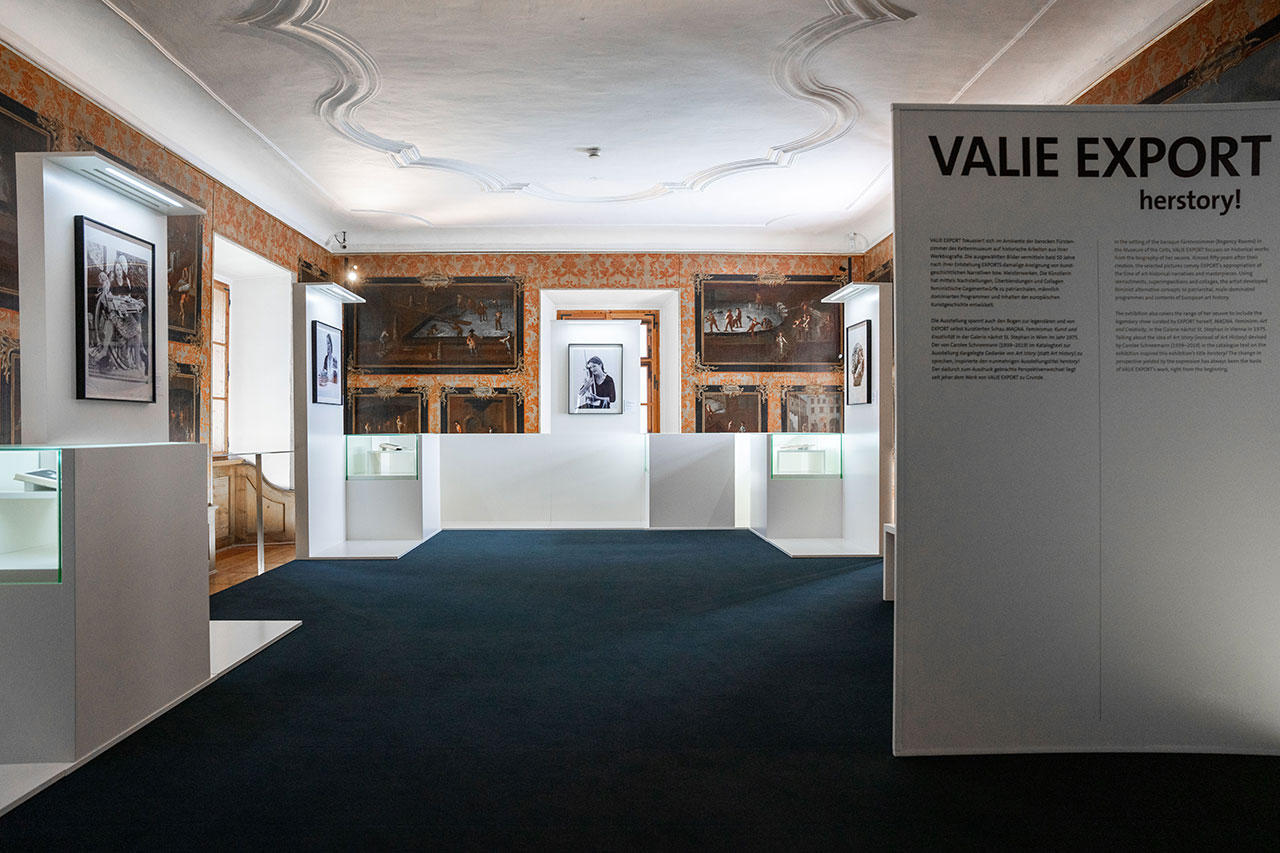PRESENTATION: VALIE EXPORT-herstory!
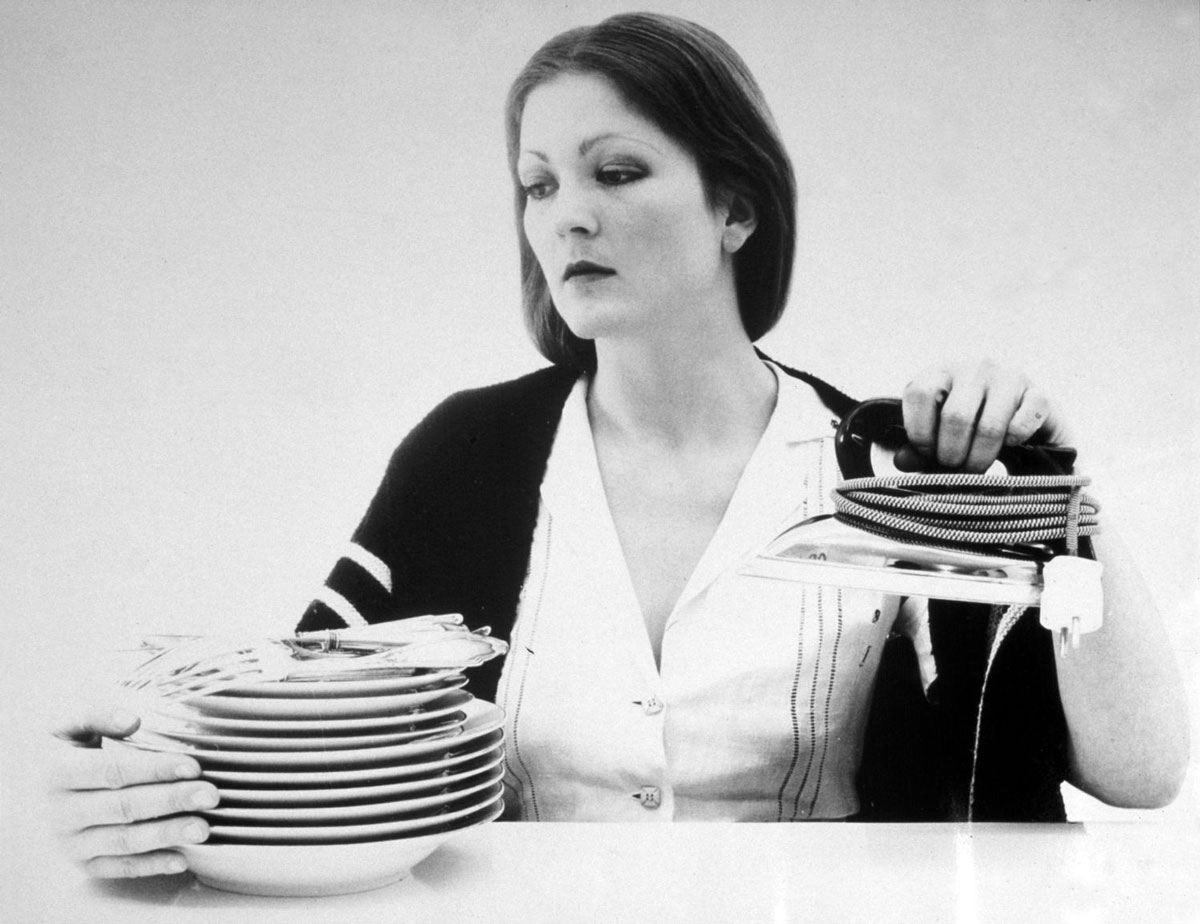 VALIE EXPORT makes strong feminist statements with her work. It questions the lack of self-determination of women in society and also draws attention to our own actions and our handling of gender roles. Since the late ‘60s, VALIE EXPORT has concentrated on the body in her work, with the intention of challenging – in a society characterized by a false egalitarianism of gender – contradictions, pressures, and violence toward women. In her practice, performance is a means of investigating physical and psychological limits or is used as a device to destabilize sexist ideologies.
VALIE EXPORT makes strong feminist statements with her work. It questions the lack of self-determination of women in society and also draws attention to our own actions and our handling of gender roles. Since the late ‘60s, VALIE EXPORT has concentrated on the body in her work, with the intention of challenging – in a society characterized by a false egalitarianism of gender – contradictions, pressures, and violence toward women. In her practice, performance is a means of investigating physical and psychological limits or is used as a device to destabilize sexist ideologies.
By Efi Michalarou
Photo: Salzburg Museum Archive
With the exhibition “Valie Export. herstory!” The Keltenmuseum Hallein continues its festival exhibitions of visual artists with a very special exhibition. In the ambience of the baroque princely rooms of the Celtic Museum, Valie Export focuses on historical works from her work biography. Almost 50 years after their creation, the selected images convey EXPORTS’s appropriation of art-historical narratives or masterpieces. The artist has developed feminist counter-proposals of patriarchal, male-dominated programs and contents of European art history through reproductions, superimpositions and collages. Due to its location in Austria’s largest Iron Age museum, the overall project also spans a special arc to the legendary show MAGNA, curated by the artist itself. “Feminism: Art and Creativity” at the Galerie next St. Stephan in Vienna in 1975. In the accompanying publication of the Vienna Exhibition, Carolee Schneemann had impressively criticized the fact that our occupation with archaeology was linked to the idea of an all-male authorship of early artistic achievements. At the same time, Schneemann’s text outlines a scenario of women in 2000, in which patriarchy has been overcome and equality has been established. Almost 50 years after the exhibition, it must be noted that there is still a long way to go to achieve the final equality of women. Schneemann’s idea of talking about Art Istory (instead of Art History) inspired the exhibition title herstory! The change of perspective expressed in this way has always been the basis of the work of VALIE EXPORT. The reference to the legendary MAGNA exhibition also includes a reference to archaeology. In the current exhibition at the Keltenmuseum, this is taken as an occasion to focus on the male-dominated research history of the Durrnberg. In the works of the series “Recreations” from the 1970s, VALIE EXPORT questions art-historical narratives: the woman as a servant, grieving, subordinate being, represented mainly in biblical or mythological scenes. By dealing with the female poses of the art historical models and the detachment of the figures from the pictorial context, Valie Export develops re-enactments as feminist counter-projects to the one-sidedly male-dominated historiography. The artist interprets this process as feminist criticism in order to address the role of women, their social marginalization and the representation of the female body in a patriarchal society. In the Keltenmuseum Hallein, “recreations” intertwine in a complex and exciting way with the ambience of the princely bishop’s baroque rooms, the painter Benedikt Werkstatter’s contemporary view of women’s lives in the 18th century, the male-dominated archaeological research history on the Durrnberg and the feminist designs for the future of the later 20th century. In the “Reenactments” from 1976, Valie export had a model recreate female-connoted poses from classic paintings: stripped of the scenery, detached from the historical, mythological or religious context of the original and exhibited as a pure attitude and gesture, loaded with objects from women’s everyday life in the 1970s, the photographs unfold their challenging and irritating effect. Always addressing the social role of women and the patriarchal view of the female body. In his symbolic work “Naomi asks Ruth and Orpah to return to the land of Moab” (1795), the English poet, painter and copper engraver William Blake (1757-1827) depicts a scene from the Old Testament: Naomi and her daughters-in-law lack economic security after the death of their husbands. Orpah submits to the patriarchal system and returns to the kingdom of Moab in search of a man. Ruth chooses to live with Naomi in the Kingdom of Judah. Valie isolates Orpah and Ruth in their opposing postures in two separate reenactments. Veronese (1528-1588) in his painting “Awakening of the Youth at Nain” does not place the boy awakened from death, but the grateful mother at the center of the composition. Humble gratitude of the woman – already half lost as a widow – is staged by VALIE EXPORT in her photographic re-enactment.
The “fall of sin” by the Dutch painter Michiel Coxcie together with the expulsion from paradise form two side wings of an altar. A well-formed Eva reaches for the forbidden apple with her arm raised gracefully. Valie Export gives her a jug in the re-enactment. In both cases, Eva’s gaze follows the object to be reached. In his painting “La Primavera” (circa 1480), Sandro Botticelli depicts a scene from Roman mythology: the central figure is Venus, goddess of love; he positions the flora to the right of Venus in the foreground. The three graces form a woven circle to her left. The sculpture made of Carrara marble by the young Michelangelo (created around 1500) has become famous as Pieta, or Madonna della Febbre. Valie Export replaces the dead son in the arms of the grieving mother in two recreations with (modern) everyday attributes of a mother from the 1970s: A mechanical knitting machine in “The Knitting Madonna”, a washing machine overflowing with red fabric in “The Birth Madonna”. The little Christ Child and the slightly older John hand out cherries to the Mother of God – a symbol of fertility, joy and birth – on Titian’s painting “Cherry Madonna” (circa 1517). VALEI EXPORT spares the lovely children in her recreation “The Cleaning Madonna”, the position of the cherries is replaced by stacks of dishes and irons when the pose is unchanged. In Christian symbolism, the pomegranate, with its numerous seeds, stands for fertility as well as for the unity of the Church in her faith. In Sandro Botticelli’s painting “Madonna with Pomegranate” (1487), he refers to Mary as the mother of the Church. In the re-enactment of Expectation, an extra Madonna steps in front of Botticelli’s set – instead of the baby Jesus, she cradles a vacuum cleaner, one of the latest household appliances in the 1970s, in her arms. The image of grace “Mariahilf: (1537)” is one of the most prominent works of painter, graphic artist and printer Lukas Cranach the Elder. The child Jesus hugs his mother’s cheek in an intimate embrace. Through countless copies, Cranach’s depiction became the prototype of the “mother with the child”. And once again, VALIE EXPORT detaches the figure of Mary from the historical figurative context, isolates the Mary in her “recreation” and lets her surround a vacuum cleaner instead of the baby Jesus. As an Iron Age site, the Durrnberg is famous for prehistoric salt mining, settlements and graves with outstanding finds. The photos show archaeologists of the 20th century excavating particularly prominent finds. The diggers staged the finds and themselves. The brilliance of the discovered showpieces should also underline the importance of the hitherto exclusively male excavation ladder. The presentation of archaeologists with ‘their’ finds is an attempt to link the critical view of VALIE EXPORTS through their work with local research history. One question that arises here is, do men dominate archaeological research less today than they did in the 1970s? By way of example, the exhibition refers to three prominent finds, which today are among the highlights of the collection of the Celt Museum Hallein: The beak jug from Durrnberg (ca. 400 BC), the bronze Celt mask of about the same age and the filigree gold jewelry of a ca. 490 BC. A woman was buried on the hill. References to the – never expressed – achievements of the women in the research team stimulate reflection. For example, the report of Nora Watteck (1901-1993): While excavation director Olivier Klose was digging up the shards of a lentil bottle, he asked assistant Nora Watteck (1901-1993) to uncover a bronze object. This turned out to be the richly decorated and technically masterfully crafted beak jug – today a showpiece and landmark of the Celt Museum Hallein. Nora Watteck wrote that “a tribal prince was buried here.” However, Klose became known as the discoverer of the beak can.
Photo: VALIE EXPORT, The cleaning madonna/ The cleaning madonna after: Titian, The cherry madonna, 1516, 1976/2024 b/w Photography, © VALIE EXPORT, Bildrecht Wien, 2024
Info: Curator: Katja Mittendorfer-Oppolzer, Salzburg Museum – Gastspiel im Keltenmuseum Hallein, Pflegerplatz 5, Hallein, Austria, Duration: 13/7-27/10/2024, Days & Hours: Daily 9:00-17:00, www.salzburgmuseum.at/
